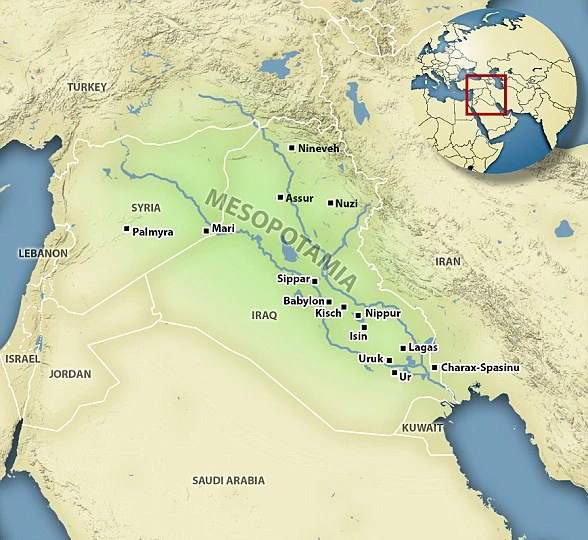With the number of health problems and the damage to the environment that has long been connected to chemical pesticides, it’s important that we find ways to control pests without the use of these harmful substances.
Ancient farmers were also plagued by pests.
Of course, since the first chemical pesticides weren’t available to farmers until the 1900s, what did they use to protect their crops?
They wisely turned to Mother Nature for help.
The farmers discovered that applying a variety of plants and other natural substances on or around their crops were effective at controlling pests.
Take a look at some substances Mother Nature provided early farmers to decrease the number of pests and increase the yield of their harvests.

- In about 2500 B.C. farmers in Mesopotamia found that by applying a dusting of Sulfur and other mixtures to their crops they could keep pests at bay.
- Ancient Greeks and Romans would burn compost and other trash and allow the smoke to blow across their fields to ward off pests. They also noticed that some plants didn’t attract any pests, so they started to burn those plants as well, and the smoke worked.
- Ancients farmers found that when they applied tars or other sticky substances around the trunks of trees, it would trap any crawling insects and prevent them from climbing further up into the tree. This idea probably led to the fly paper that’s used today.
- The use of herbs and oils were used by farmers worldwide as pesticides and deterrents. They learned what worked for their crops by observing nature. When they observed that certain plants weren’t affected by insects, they found ways to use those plants to protect their crops. Sometimes they did that by planting the specific plants around their crops. Other times they extracted the oils from the flowers, leaves or seeds of those plants and applied them directly to their fields.

A Modern List of 10 Ancient Natural Pesticides
- Oils extracted from the Chrysanthemum flower
- Neem Oil is extracted from the seeds and leaves of the Neem Tree
- Sulfur
- Wild Cucumber
- Cedar
- Garlic
- Bay
- Cumin
- Wood Ash
- Smoke from burning chaff, animal horns and dung
Tomato Leaf Spray
Ingredients
- 2 cups of tomato leaves
- 1 quart of water
- Spray bottle
Directions
- Chop up 2 cups of tomato leaves (pick them from the bottom of the plants) and place in a container and add 1 quart of water, let it steep overnight.
- Strain the leaves out and place in compost, and pour the liquid into the spray bottle.
- Spray on the plants’ foliage.
Diatomaceous Earth
Diatomaceous Earth is fossilized algae (diatoms) that act as an abrasive that cuts into the exoskeleton of insects as well as absorbing the waxy coating which causes the insect to die from dehydration.
To use, sprinkle around plants to provide a protective barrier the insects have to cross.
Garlic Spray
Ingredients
- 2 bulbs of garlic (not only cloves)
- 1 cup of vegetable oil (optional)
- 1 tsp of mild liquid soap
- 1 quart jar with secure lid
Directions
- Place garlic into a food processor with a small amount of water and purée. Place into container and let sit overnight.
- Strain into a 1 quart jar and add the vegetable oil (if desired) and liquid soap cover and shake to mix, then add enough water to fill the jar and shake again thoroughly to mix. Be sure to shake before each use.
- Pour 1 cup of the mixture into a spray bottle and add 1 quart of water. Shake to mix and then spray onto infected plants liberally.
Vegetable Oil Spray
Ingredients
- 1 cup of vegetable oil
- 1 tsp of mild liquid soap (Castile soap works great)
- 1 quart of water
Directions
- Place vegetable oil and liquid soap into a container with a secure lid and shake to mix.
- To use, shake the mixture and measure out 2 tsp of the mixture into a spray bottle and add 1 quart of water, shake well and spray onto affected plants.
Neem Oil Spray
Ingredients
- 2 tsp of Neem oil
- 1 tsp of mild liquid soap
- 1 quart of water
More To Discover
Directions
- Place Neem oil and liquid soap into a spray bottle with 1 quart of water.
- Shake thoroughly to mix, and spray onto affected plants.
NOTES: Great against aphids, mites and thrips. Neem oil spray can also be applied to prevent insects from infesting plants.



















